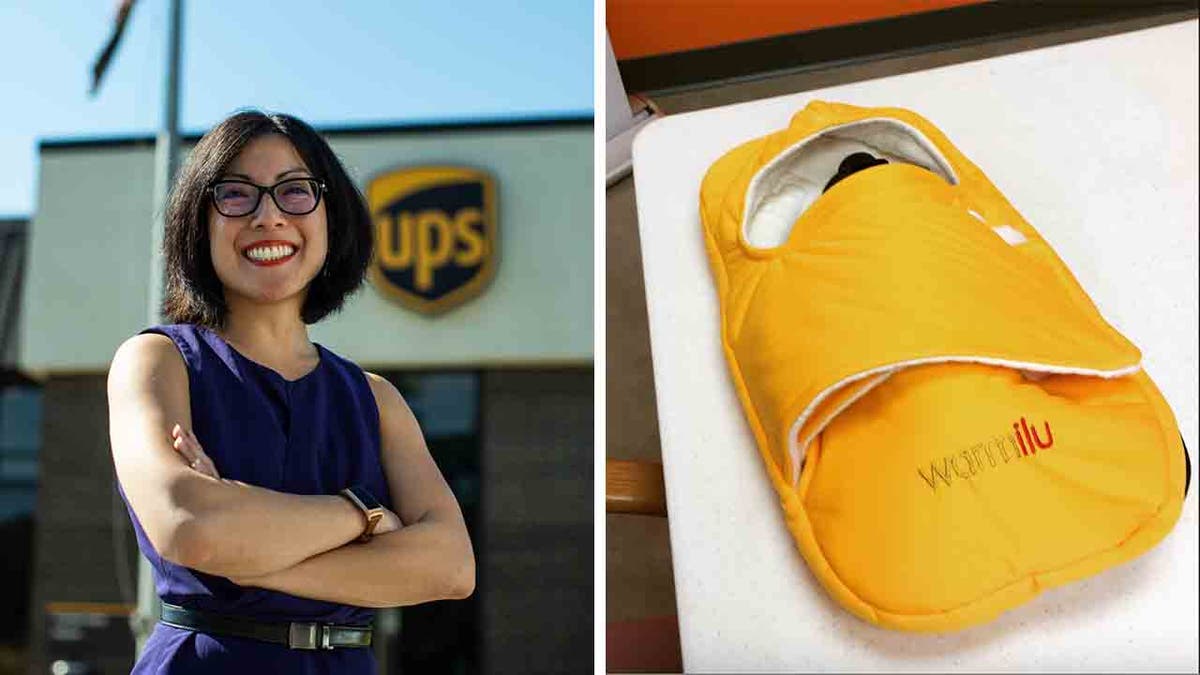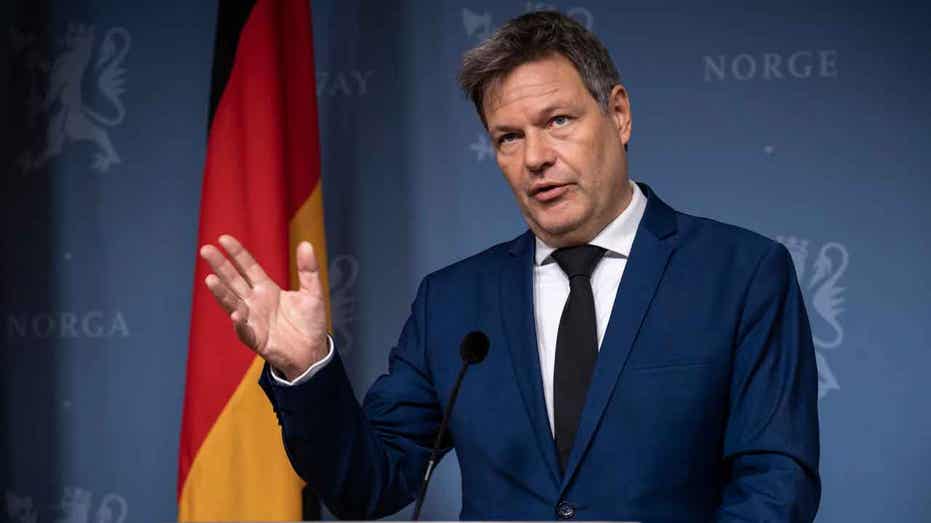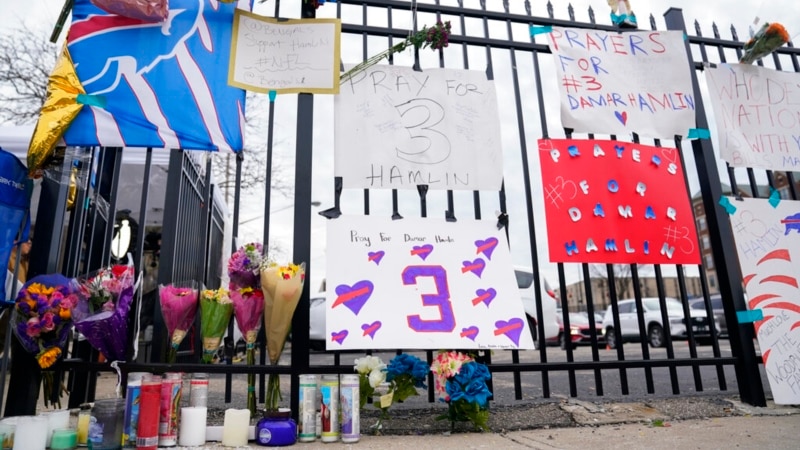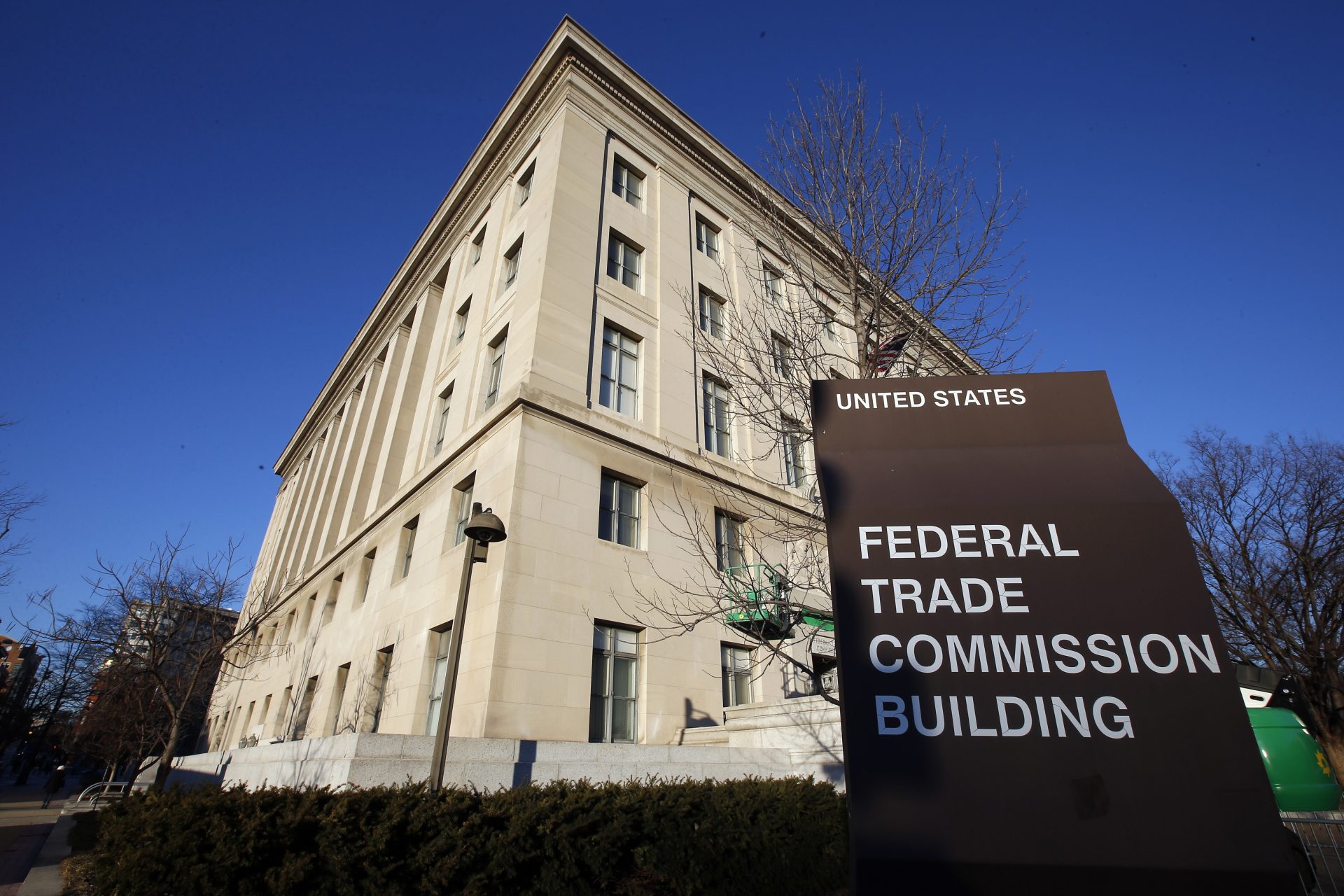Latest & Breaking News on Fox News
Some of the tiniest humans on Earth struggle for warmth all year long as they face neonatal hypothermia in hospitals that may not be equipped with specific medical equipment.
Grace Hsia Haberl, a UPS vehicle asset specialist in Michigan, has developed the technology for an incubator blanket as part of her material science engineering capstone project in college.
To date, the resulting product, Warmilu, has warmed more than 37,700 babies in over 19 countries, she said.
ALABAMA BOY BORN ON SAME DAY AS MOM AND DAD: ‘1 IN 133,000’ CHANCE
“I learned that around the globe, 140 babies die every day from hypothermia-related causes,” Hsia Haberl, 32, told Fox News Digital.
“That really struck me because I was born preterm and [at] low birth weight,” she said.
“So if I had been born in any of these resource-scarce countries, I would’ve died. Being so small … the incubator where I spent my first 11 days saved my life.”
Hsia Haberl’s personal circumstances inspired her to create a robust, safe concept that could help others.
“It gave me a powerful drive and almost personal mission to provide infants and the teams serving them [with] the support they needed because I often reminded myself that my parents or [I] could have been in their shoes,” she said.
Neonatal hypothermia occurs when a newborn’s body temperature is reduced to less than 36.5°C or 97.7°F. It’s a global problem in preemies born both at hospitals and homes, especially in developing countries, the NIH said.
Lawrence Fordjour, M.D., is a neonatologist and clinical associate professor of pediatrics at SUNY Downstate Medical Center in Brooklyn, New York. Through the Making Every Baby Count Initiative (MEBCI), he and others are working to improve the survival of sick and small newborns in Sub-Saharan Africa, where there’s an inability to purchase incubators.
ARIZONA UPS DRIVER, ORIGINALLY FROM CUBA, CELEBRATES HIS ‘FIRST AMERICAN PAYCHECK’
Warmilu blankets are part of their strategy, he said.
“It allows us to transport the babies and resuscitate the babies in areas where there is a deficiency in providing thermal care,” Fordjour told Fox News Digital.
Cost-effectiveness and ease of use are two reasons that Fordjour said Warmilu is working in hospitals that lack the resources for premature babies, he said.
“We use something similar here in the United States, but it’s disposable and [has a] one-time use,” Fordjour said.
A single Warmilu “can be reused 100 times. You can reactivate the gel and use it over and over again. So, it’s definitely cost-effective. It provides warmth for at least two or three hours for the babies once it’s activated.”
The feedback from doctors and nurses in Ghana confirms Warmilu’s ability to get the job done effectively, he said.
“The survival is better,” Fordjour said. “The providers really acknowledge the benefits of the product. It’s making a big difference.”
Warmilu stands for “Warm, I love you,” Hsia Haberl told Fox News Digital.
In 2011, she and a team of engineering students at the University of Michigan designed and developed the blanket. It generates non-electric, regulated and long-lasting warmth for infants at risk of becoming hypothermic.
ADOPTED AS A CHILD, TEXAS WOMAN IS NOW HELPING OTHERS FIND HOPE AND FEEL LOVED AT CHRISTMAS
It consists of a cozy blanket that’s specially designed to cradle a premature infant and an InstaWarmer heat pack, which can be reused up to 100 times, according to Hsia Haberl.
Warmilu’s development continued on through successes and challenges, Hsia Haberl said.
She visited hospitals around the world and often found resource-scarce teams providing warming care for infants on older or broken incubators — or no incubators at all.
Sometimes there were three to six infants placed in one incubator.
“These hospitals would often deliver and care for double the number of infants that might be cared for at the standard U.S. hospital,” Hsia Haberl said.
INDIANA POLICE OFFICER AND HIS WIFE ADOPT INFANT GIRL IN ‘BABY BOX’
Hsia Haberl said she’s traveled to India, Israel, Uganda and Kenya to learn about hospital staffs’ challenges in infant and maternal health.
The team then built a prototype, sought grants and other funding — with encouragement from members of the U.S. and global medical community who knew the need.
In 2017, Warmilu was awarded a U.S. patent — but there was still a long way to go, Hsia Haberl said.
As production, distribution and fundraising pressed forward, Hsia Haberl said she suddenly hit a roadblock that turned into an opportunity.
THERE WERE THE TOP BABY NAMES IN AMERICA 50 YEARS AGO: SEE IF YOURS MADE THE LIST
“We had an order fall through with one of our ministries of health, and that’s when all of a sudden UPS came into my life,” she said.
“Not only were they able to help us break into these countries — we were in India, Kenya and Uganda at the time — but they gave us our first business shipping account.”
In 2018, Hisa Haberl began working at UPS as a package handler, loading three to five brown trucks a day with 200-400 packages in each.
She was a small-framed 28-year-old at the time — competing with Eastern Michigan University football players to land a very physical job, she said.
“Most of [my paychecks] went straight to my seamstresses and my warming pack production team to make the blankets,” Hisa Haberl said.
But she said she quickly found out that working for UPS was more than just a job.
“We have a signed business account with them [UPS] and they gave us discounts and deals and resources that [we could not] get through other shipping companies,” she said.
Hsia Haberl credits her work at UPS for other aspects of Warmilu’s growth.
“I learned things like how to file customs paperwork as a small business owner, how to ship to countries like the Democratic Republic of the Congo or South Africa or Ghana. And that was tremendously helpful because, prior to my role at UPS, I lost $30,000 on an order because I messed up on my customs paperwork,” she added.
TEXAS COUPLE WHO DONATED FROZEN EMBRYOS 20 YEARS AGO MEETS BIOLOGICAL TEEN TRIPLETS
UPS employees have even volunteered to be part of the effort by tracing and cutting fabric for the blankets that are now saving lives, Hsia Haberl said.
Hsia Haberl’s coworkers told Fox News Digital that her hard work and spirit inspires others. In addition to working at UPS and running Warmilu, Hsia Haberl is an adjunct lecturer at the University of Michigan.
“It’s amazing how she’s able to balance all those things in her life,” said Joe Zywol, a UPS industrial engineering coordinator who has worked with Hsia Haberl.
“She always brings 150% energy — and people feed off that.”
NEW YORK MOM DESCRIBES HAVING A BABY AFTER CANCER: ‘SCIENCE IS INCREDIBLE’
Michael Scott, a UPS corporate communications supervisor, said, “Her energy’s like a bolt of lightning. Grace is one of those people that when they walk into a room, you notice them. She’s on a mission to help people and she’s doing exactly what she set out to do.”
Warming babies in Ukraine is Hsia Haberl and Warmilu’s next big project.
It’s already underway now.
CLICK HERE TO SIGN UP FOR OUR LIFESTYLE NEWSLETTER
“There are areas that don’t have electricity right now because of the bombing that’s happened,” Hsia Haberl said.
“The Ukraine winter is cold and many maternity hospitals have moved their core teams and care facilities underground to protect patients from Russian bombs.”
Hsia Haberl said that as an engineer, it has meant a lot to her to work on “big and audacious” problems and come up with potential solutions.
CLICK HERE TO GET THE FOX NEWS APP
When asked what advice she has for students and young entrepreneurs, she said, “Step on up and really find ways where, if you see a problem in the real world, don’t just let it sit.”
She added, “Ask yourself: Is there an actionable step I could take to try to solve that problem?”










